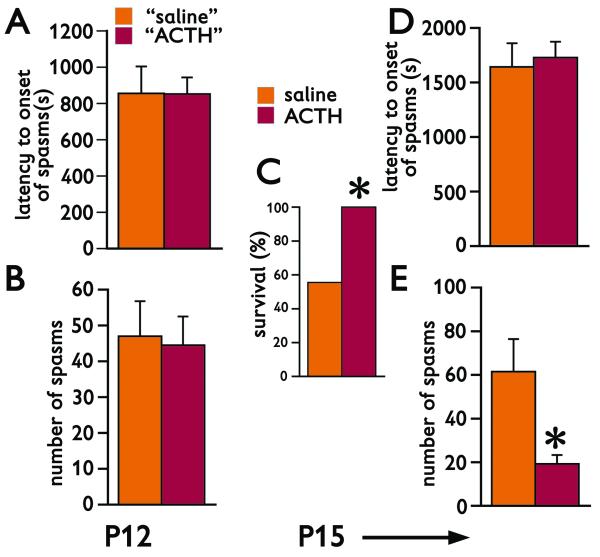Figure 3. Randomized ACTH significantly suppresses spasms and decreases lethal outcome.
(A) Latency to onset of spasms in the first bout of spasms triggered on P12 by 7.5 mg/kg of NMDA i.p. “Saline” and “ACTH” represents the P12 data (mean±S.E.M.) of rats randomized to the saline or ACTH treatments, respectively. Randomized treatment started immediately after the spasms of the first bout disappeared and continued through evening of P14. Second bout of spasms was induced between the treatments on P13. There was no triggering of spasms on P14.
(B) Number of spasms in the first bout of spasms triggered on P12 by 7.5 mg/kg of NMDA i.p. Details as above.
(C) Survival rate of rats through P15 (prior to entering the P15 trigger of spasms). Saline and ACTH indicate the data of rats receiving saline or ACTH, respectively. ACTH-treated rats had 100% survival, a significant increase compared to 56% in the saline group (Fisher’s Exact test, *p=0.035).
(D) Latency to onset of spasms in the bout triggered on P15 was not affected by chronic ACTH treatment.
(E) Chronic ACTH treatment significantly decreased number of spasms in the P15 bout compared to saline controls (Student’s t-test; *p=0.003).

